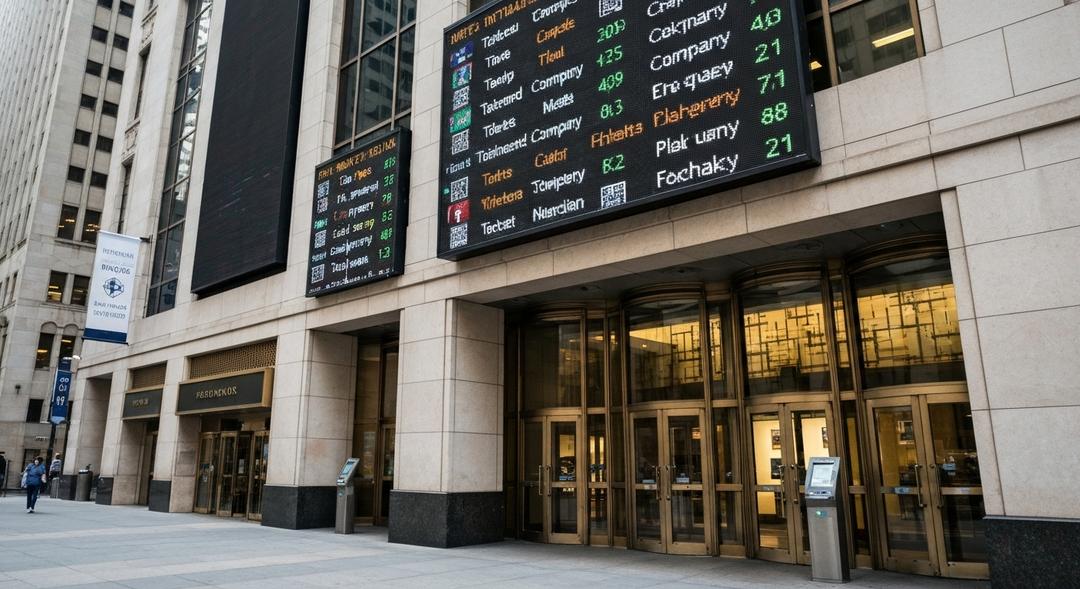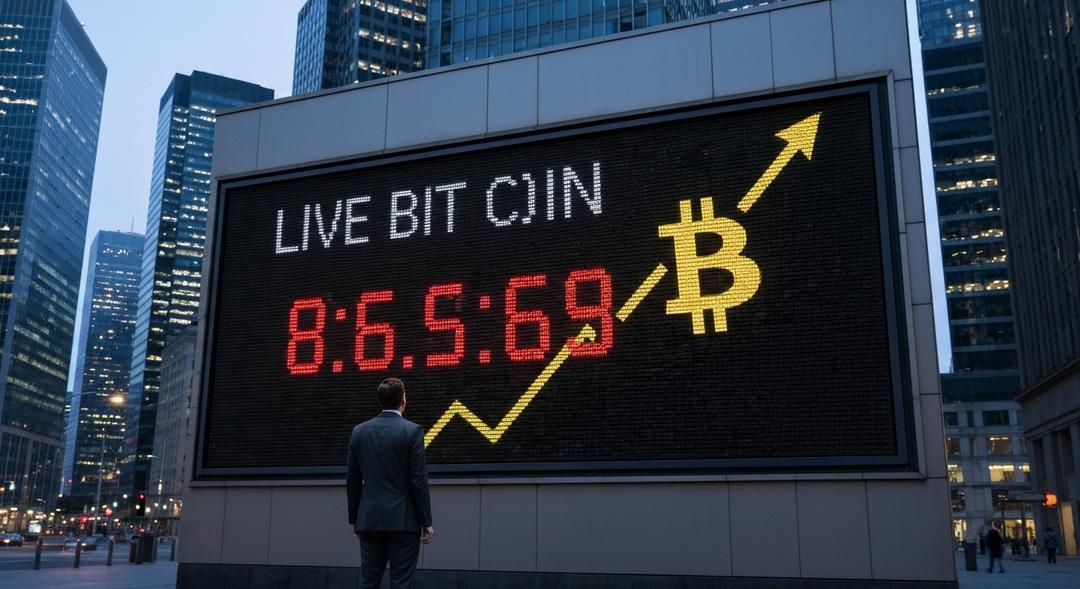Many investors are paying close attention to stock tokenization trends. This approach is paving the way for global participants to interact with markets once limited by national borders.
Interest has surged in digital representations of real-world assets. The concept is attractive because it proposes that everyone should get an equal shot at investment opportunities.
However, simply granting people the ability to buy tokenized assets does not automatically create financial inclusion. There are layers of process and compliance involved in fully participating in these new markets.
Access alone, while important, cannot replace robust regulatory oversight. Investors need assurances that their investments will be safe and that markets remain fair to all participants.
Understanding the Real Challenge of Compliance
Many in the industry believed that technology would be the biggest obstacle. Instead, it is regulatory compliance that has emerged as the most complex challenge.
Regulators across different countries frequently update frameworks for financial assets. Institutions are then tasked with keeping up with these changes while offering seamless services.
These regulations cover a range of issues including anti money laundering, investor protection, and the need for effective due diligence. Financial innovation must fit within existing policy frameworks or risk severe penalties.
Traditional markets already have a long history of policies and evaluations before operations are authorized. Tokenized assets, even as they introduce exciting new features, must still pass all these checkpoints.
Compliance costs and timelines can be prohibitive for smaller market players. Large financial institutions invest significant resources to maintain alignment with current legal requirements.
The issue goes deeper when one considers cross border transactions. Different jurisdictions each have requirements for disclosures and investor safeguarding.
Protocols that wish to operate globally must design solutions with adaptability and legal clarity in mind. As interest in this area grows, collaboration between technologists and legal experts will only increase.
Embracing the Future of Asset Tokenization
Underlying infrastructure for tokenized real world assets is evolving at a swift pace. Platforms strive to develop methods that are secure, transparent, and user friendly.
To experience these modern innovations, many market participants are seeking out ways to diversify portfolios with minimal effort. One accessible method is to Start Cloud Mining for speculative digital assets. This introduction supports broader availability and minimizes technical barriers for everyday investors.
Tokenized equities and bonds offer a glimpse into inclusive financial futures. Efforts to simplify access must go hand in hand with careful compliance.
Conclusion
It is clear that transforming traditional markets with newer technologies commands significant attention. The industry must focus on building trustworthy systems that meet ever changing regulations.
Real change will require more than just technological breakthroughs. Widespread adoption depends on establishing common standards and transparent practices that protect everyone involved.

Finlay’s interest in cryptocurrency sparked from a desire to explore new investment opportunities beyond traditional markets. With a focus on cloud mining, he has spent several years analyzing mining services, comparing contract plans, and evaluating profitability across different platforms. Finlay aims to provide clear, unbiased insights that empower readers to make informed decisions in the fast-paced world of crypto mining.




